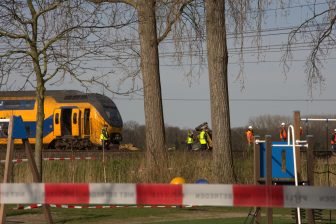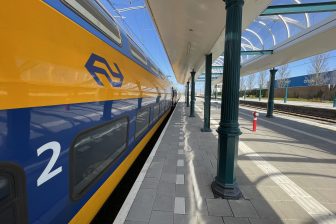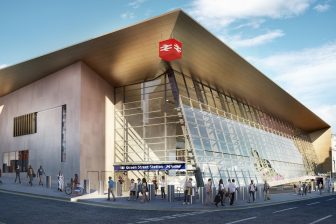Seven key trends of EU rail sector in 2019
In 2019 the European railways continued their way towards automatisation and digitalisation. These two main trends significantly defined the development of the EU rail sector. But they were not the only ones. This list could be extended with at least five other tendencies. Which ones?
The expiring 2019 year was full of crucial matters in the European rail sector. We have identified seven trends in the development of the industry. There were, of course, much talkings about Automatic Train Operation (ATO), digitalisation and their significance to the sector. These topics were the headlines of the Intelligent Rail Summit 2019. However, the most important issue in 2019 is dealt with the new role of the EU Agency for Railways (ERA). Therefore, our outlook starts with this point.
Closer to a single market
A shadowy EU single market to be discussed much in the past years has obtained the first realistic outlines this year. On 16 June 2019 ERA was entitled to vehicle authorisation, safety certification, and ERTMS trackside approval across the EU instead of single states as it was earlier. To get a new type of authorisations, a railway company should fill only one application through One-Stop Shop IT tool (OSS). This change in railway legislation was approved by eight EU Members (Bulgaria, Finland, France, Greece, Italy, The Netherlands, Romania and Slovenia) and by Switzerland too (on a case-by-case) in spite of it is a non-EU country. In early July 2019, in three weeks after the historic legal change, ERA issued the first vehicle authorisation for 30 freight wagons.
ATO
Automatic Train Operation, more known under abbreviation ‘ATO’, has been under careful consideration of RailTech online title. In 2019 we have witnessed ATO tests in several countries including France and the Netherlands. The latter had several trial campaigns provided by different railway operators. It is worth to remind that the first Dutch experiment with ATO took place in 2018 on the Betuweroute freight line. This year the focus has shifted to the passenger sector. In March ATO examination was performed by Arriva Nederland. In December the Arriva’s example was followed by the national railway company Nederlandse Spoorwegen (NS). Both companies made a good groundwork for the next year, they have already declared their intentions to continue the trials in 2020.
ATO is getting closer to the light rail systems. In October six German companies led by Siemens Mobility announced the joint project “AStriD”, which name is abbreviated from the German phrase “Autonome Straßenbahn im Depot” (Autonomous Tram in Depot). The participants plan to examine an autonomous tram in an automated depot. The latter will be based on the facility of the German public transport company Verkehrsbetrieb Potsdam that operates tram lines in the vicinity of Berlin.
Text continues below the picture
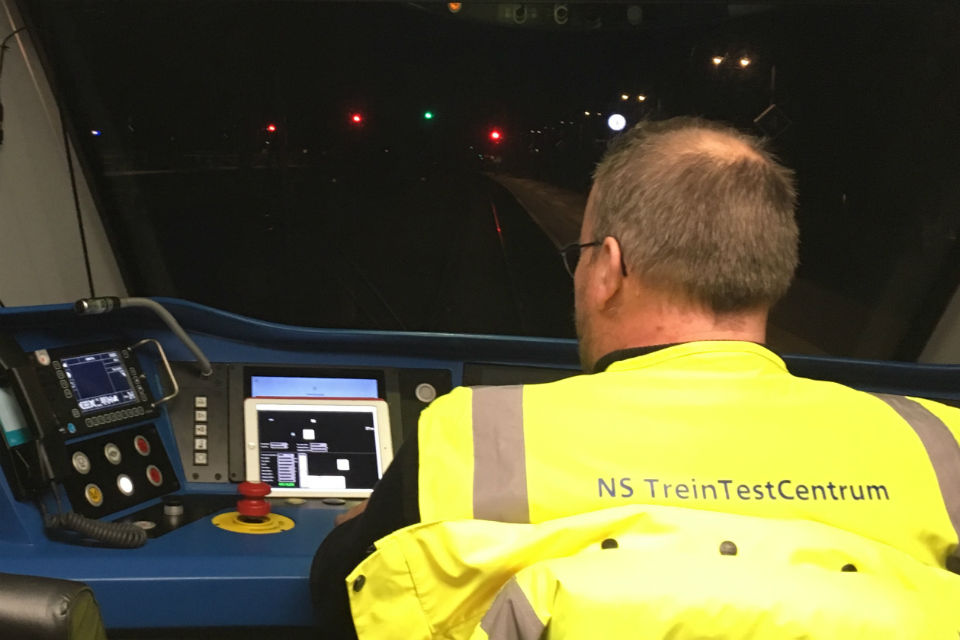
Further digitalisation
Digitalisation has already become the key trend of the European rail sector in the past years. This year it is on the top again. The digital solutions help the rail infrastructure managers and their contractors to monitor tracks, tunnels, level crossings or trees alongside the railways. For the passengers, digitalisation usually means a better ticketing service. In this area, several European railway companies succeeded. Thus, Slovenian national railway operator Slovenske železnice offered to its customers its own mobile application. Swiss company SBB went further and launched an automatic ticketing service. It allows the passengers to pay for a train journey just in a few clicks. At the same time, the railway operators began to use digital and cloud solutions for their own internal tasks such as efficient planning and dispatching employees.
Hybridisation of rolling stock
As a rule, the railway companies use two types of rolling stock: the electric trains on the electrified lines and the diesel-powered vehicles on the non-electrified routes. However, hybrid types are becoming more and more popular. 2019 was no exception. Under the hybrid type of rolling stock, it could be various trains that are able to use alternative fuels or several kinds of fuels simultaneously. For instance, the UK train operating companies prefers to use bi-mode electro-diesel trains on both electrified and non-electrified routes.
Austrian national railway company ÖBB tested the Cityjet eco train. The latter is able to use electricity and battery energy. Vivarail is working on the long-term project of a battery-powered train in the UK. According to the 2019 orders, the battery-powered vehicles will be used in the following years in Germany, Wales and Ireland. Another solution is a hydrogen-powered train. In September 2018 this type of rolling stock was introduced regular service in Germany. This year the German rail operator fahma made the largest order for hydrogen trains (27 units). Some intentions to develop or test these innovative vehicles were declared in Poland and the Netherlands.
Text continues below the picture
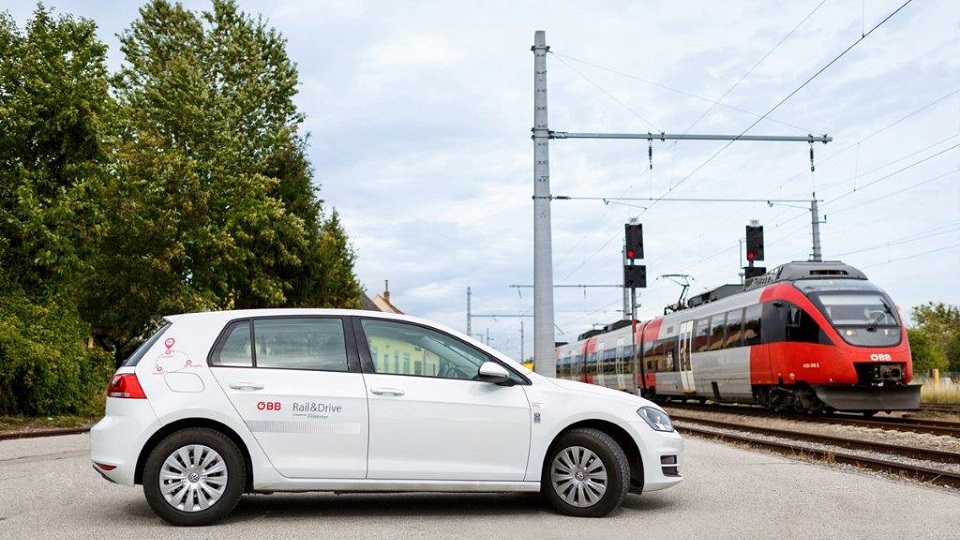
Multimodal services
It is believed that railway companies operate trains. Year by year, this truth is becoming contradictory with reality. In order to survive, the railways should join forces with other modes of mobility. As a result, they are converting to multimodal transport providers. And the year of 2019 is just another evidence of this. What’s happened in this area in the expiring year?
The latest development is the intention of Norwegian railway company Vy to integrate train, bus and taxi services. Another example is Czech private operator RegioJet having launched its own carsharing service. For state-owned companies such as Deutsche Bahn (DB) or Austrian Federal Railways (ÖBB), such an option is not a novelty. They have been offering rental cars for several years. In 2019 ÖBB made a focus on electric cars in extending this service. Among the most extraordinary modes of mobility provided by the European railway companies are e-scooters or autonomous shuttles.
High-speed rails
Speed is still a crucial issue for European railways. From this point of view, perhaps, all attention of the rail professionals has been drawn to the High Speed 2 (HS2) project in the United Kingdom. The September 2019 was a Rubicon for this railway when Britain’s government decided to postpone the project for five years. But in two months a tiny hope has been glimpsed for HS2. Some British media reported about leaked government-commissioned draft research which advised constructing the long-pending railway in spite of costs. In contrast to the UK, other European countries are more convinced in the necessity of high-speed rails. In late May Denmark has got its first high-speed line. At the same time, Poland and Czechia started to improve its rail infrastructure in order to increase train speed on some important railway sections.
Text continues below the picture

Towards decarbonisation
In 2019 both infrastructure managers and train operators continued to implement energy-saving policy. One of its key points was energy measurement. Thus, Polish long-distance operator PKP Intercity ordered 370 energy meters to be installed on the trains. The rail infrastructure managers were focused on the use of renewable energies. ÖBB-Infrastruktur, an infrastructure division of ÖBB, switched the power supply of all its train stations, offices, workshops and container cranes to the green electricity. The company even declared the plans to equip Wien Hauptbahnhof, the main train station in Vienna, with geothermal and braking energy for heating the facility.
Dutch infrastructure manager ProRail was aimed at doubling the volume of green energy produced by solar panels installed at train stations. All these endeavours were summed by the Community of European Railway and Infrastructure Companies (CER). It called for full decarbonisation of the EU rail sector by 2050. To achieve this ambitious goal, the European railways have to do a lot but with extending support of the European Commission and the Member States.

